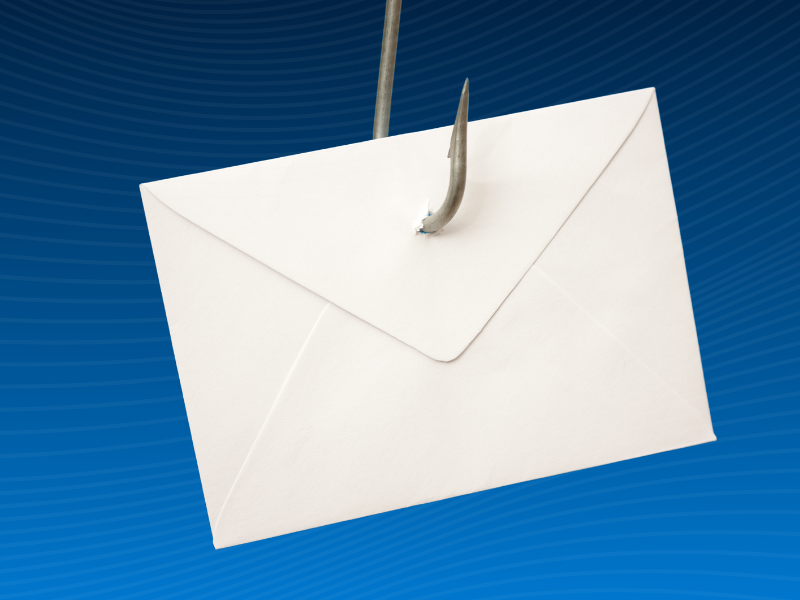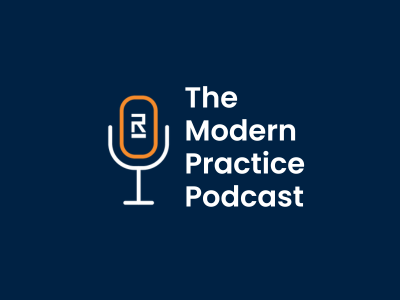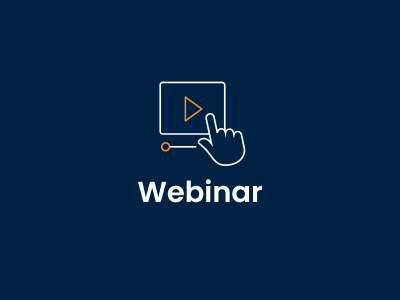Phishing scams targeting healthcare providers have seen a significant increase recently, posing serious risks to patient data and healthcare operations. As these threats become more sophisticated, healthcare professionals need to stay informed and vigilant. In this article, we will discuss the various types of phishing scams, provide tips on how to identify and handle them, and introduce Bridge™ Compliance’s effective solution for combating these cyber threats.
Common Phishing Scams in Healthcare
Healthcare organizations are particularly vulnerable to various types of phishing scams due to the valuable data they handle and the critical nature of their services. Here are some prevalent scams targeting the healthcare sector:
- Business Email Compromise (BEC): Scammers impersonate executives or other high-ranking officials within the organization to trick employees into transferring funds or divulging confidential information. These emails often appear to come from legitimate internal sources and may request urgent financial transactions or sensitive data sharing.
- Vendor Invoice Phishing: Cybercriminals send fake invoices from what appear to be trusted suppliers or vendors. These emails often contain attachments or links that, when opened, install malware or direct users to fraudulent websites designed to harvest login credentials or financial information.
- Credential Harvesting Emails: Phishing emails appear to be from legitimate sources, such as email providers or IT departments, asking recipients to update or verify their login credentials. These emails typically contain a link to a fake login page that captures the user’s credentials when they attempt to log in.
Example of a Business Email Compromise (BEC) Attack
A notable example involves an attacker impersonating the CEO of a large healthcare network, requesting updated aging statements. If the recipient responds, the attacker gains access to legitimate contact and invoice information, potentially diverting substantial payments to fraudulent accounts.
How to Spot Phishing Emails
Recognizing phishing emails is crucial in protecting sensitive information. Here are some key indicators:
- Unfamiliar Senders: Be cautious of emails from unknown sources.
- Urgent Language: Scammers often create a sense of urgency to prompt immediate action.
- Suspicious Links: Hover over links to see the actual URL before clicking. Avoid clicking on unfamiliar or suspicious links.
- Spelling and Grammar Errors: Many phishing emails contain noticeable spelling and grammar mistakes.
- Unusual Requests: Requests for personal information, passwords, or financial details are red flags.
How to Handle Phishing Emails
If you receive a suspicious email, follow these steps to protect yourself and your organization:
- Don’t Click Links: Avoid clicking on any links or downloading attachments from suspicious emails.
- Verify the Source: Contact the sender through a known and trusted communication channel to verify the email’s authenticity.
- Report the Email: Notify your IT department or use your organization’s reporting mechanisms to report phishing attempts.
- Delete the Email: Once reported, delete the email from your inbox to prevent accidental interaction.
Key Trends and Statistics
According to Abnormal Security, the healthcare sector has seen a notable increase in cyber threats, with a 167% rise in advanced email attacks, including business email compromise (BEC), credential phishing, malware, and extortion in 2023.
Specifically, BEC attacks experienced a significant 279% surge from January to August 2023 compared to the same period in 2022. Although less common, these attacks are extremely hazardous and frequently lead to significant financial losses, averaging $135,000 per attack, according to FBI reports.
Defense Measures
To safeguard against these sophisticated attacks, healthcare organizations should:
- Implement Advanced Email Security: Utilize solutions like Bridge™ Compliance that leverage AI and machine learning to detect and block threats.
- Educate Staff: Provide regular training on recognizing and handling phishing attempts.
- Perform Regular Audits: Conduct frequent security audits to identify vulnerabilities and improve defenses.
Bridge Compliance: Your Solution for Security
Bridge Compliance provides a comprehensive solution to protect healthcare organizations from phishing and other cyber threats through continuous training and awareness. As phishing scams targeting healthcare providers continue to increase, it’s crucial to stay informed and implement advanced security measures.
By recognizing common types of scams, learning how to identify and handle phishing emails, and using strong security solutions like Bridge Compliance, healthcare organizations can safeguard their valuable data and uphold the integrity of their operations.
Remain vigilant and proactive in combating cyber threats to ensure the safety and security of your healthcare environment.
Discover how Bridge Compliance can enhance your practice’s cybersecurity today by scheduling a demo with our team.



